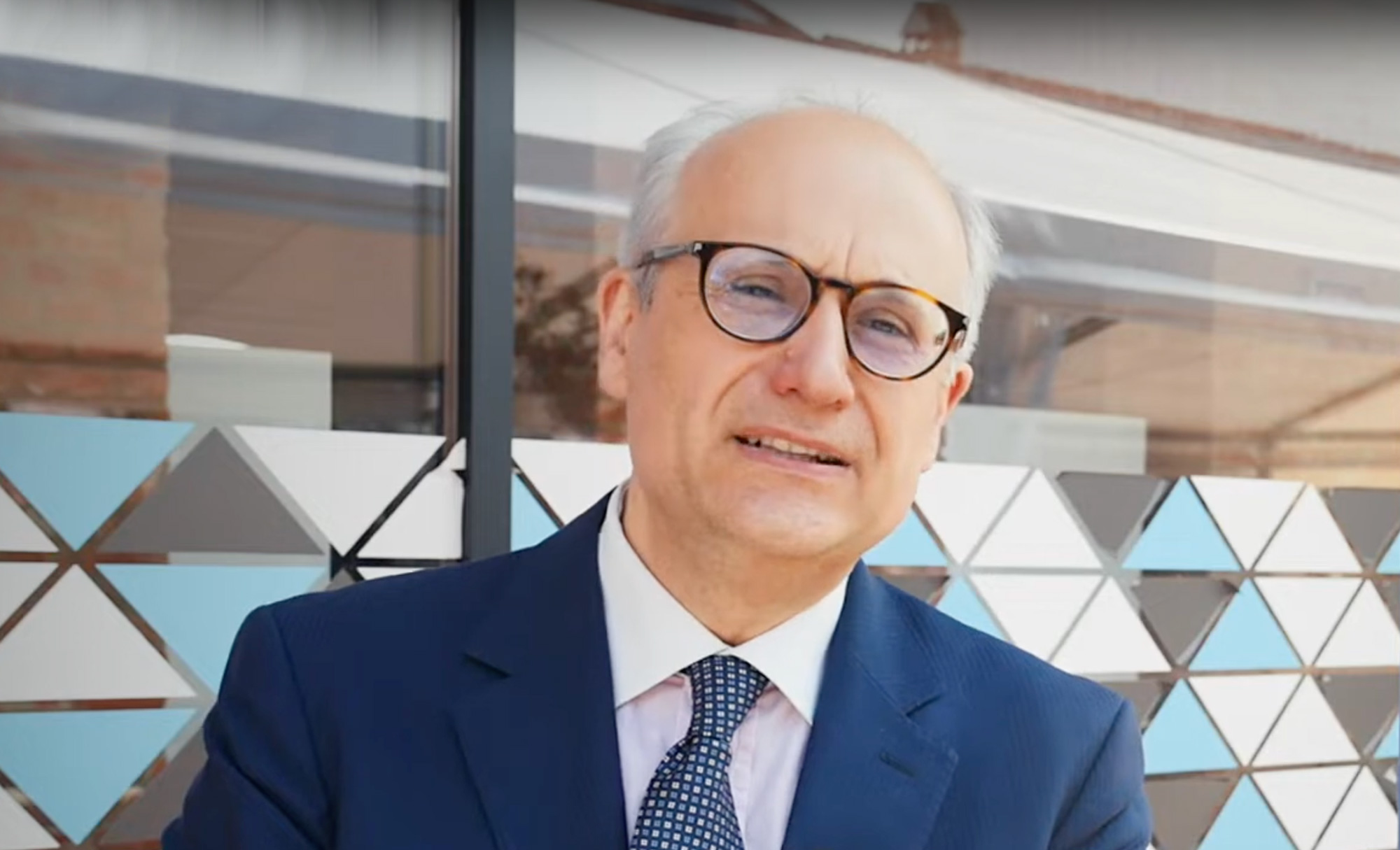
The G7 Conference on Large Research Infrastructures. Synergies and Impact on Science and Society was held in Sardinia, in Oliena, in the province of Nuoro, from 28 to 30 October. It brought together ministerial delegates from G7 countries and representatives of European and global political and scientific institutions for a two-day working session on the topic of research infrastructures. The conference was sponsored by the Ministry of University and Research (MUR) within the scope of the Italian G7 Presidency and was organised in collaboration with INFN. The event opened with the greetings and institutional speeches by the Minister of University and Research Anna Maria Bernini, the President of the Autonomous Region of Sardinia Alessandra Todde, INFN President Antonio Zoccoli, the President of National Research Council Maria Chiara Carrozza, who is coordinating the Research 7+ initiative, OECD representative Carthage Smith, and delegates from the G7 countries. The conference, divided into plenary and parallel sessions, both of which provided ample space for discussion, was intended as an opportunity to discuss the role of large research infrastructures in addressing major contemporary challenges, considering their impact at scientific, economic, social and geopolitical levels. We talked about the conference and the main issues addressed and emerging from the working sessions with Fabio Fava, full professor at the School of Engineering of the University of Bologna and Senior Official of the Ministry of Education and Research for the Italian G7 Science and Technology presidency.
Why did the MUR advocate for a conference on large research infrastructure within the scope of the G7?
Large research infrastructures are key drivers for the scientific, technological, social and economic development of our countries. These are places where advanced research is conducted, validated and transferred to scale, in multiple fields.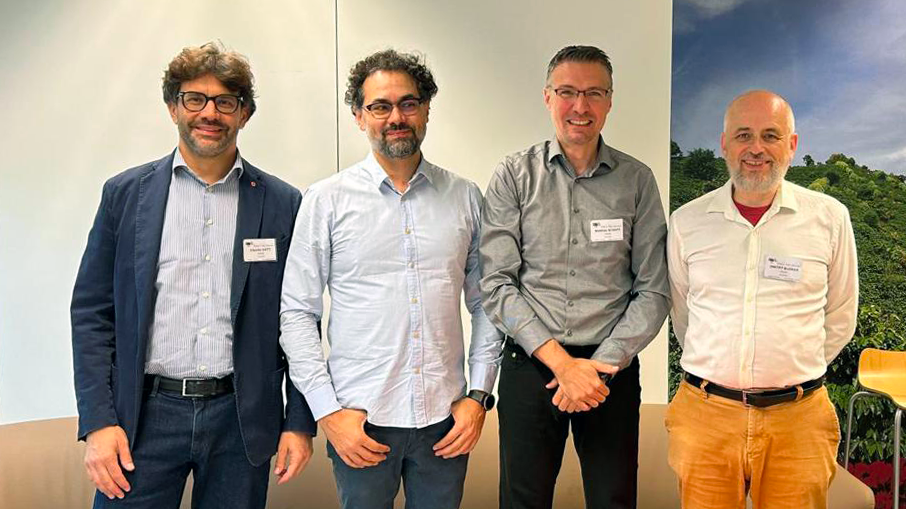
Develop, test and implement an innovative experimental platform for detecting high-frequency gravitational waves and discover hitherto unobserved astrophysical events: this is the goal of the GravNet project, which has just been funded by the European Research Council with a 10-million-euro Synergy Grant. Proposing the six-year long project is a team of four researchers coming from four institutes in three different European countries (Germany, Spain and Italy), including INFN researcher Claudio Gatti, as envisaged for these grants that aim to promote scientific collaborations.
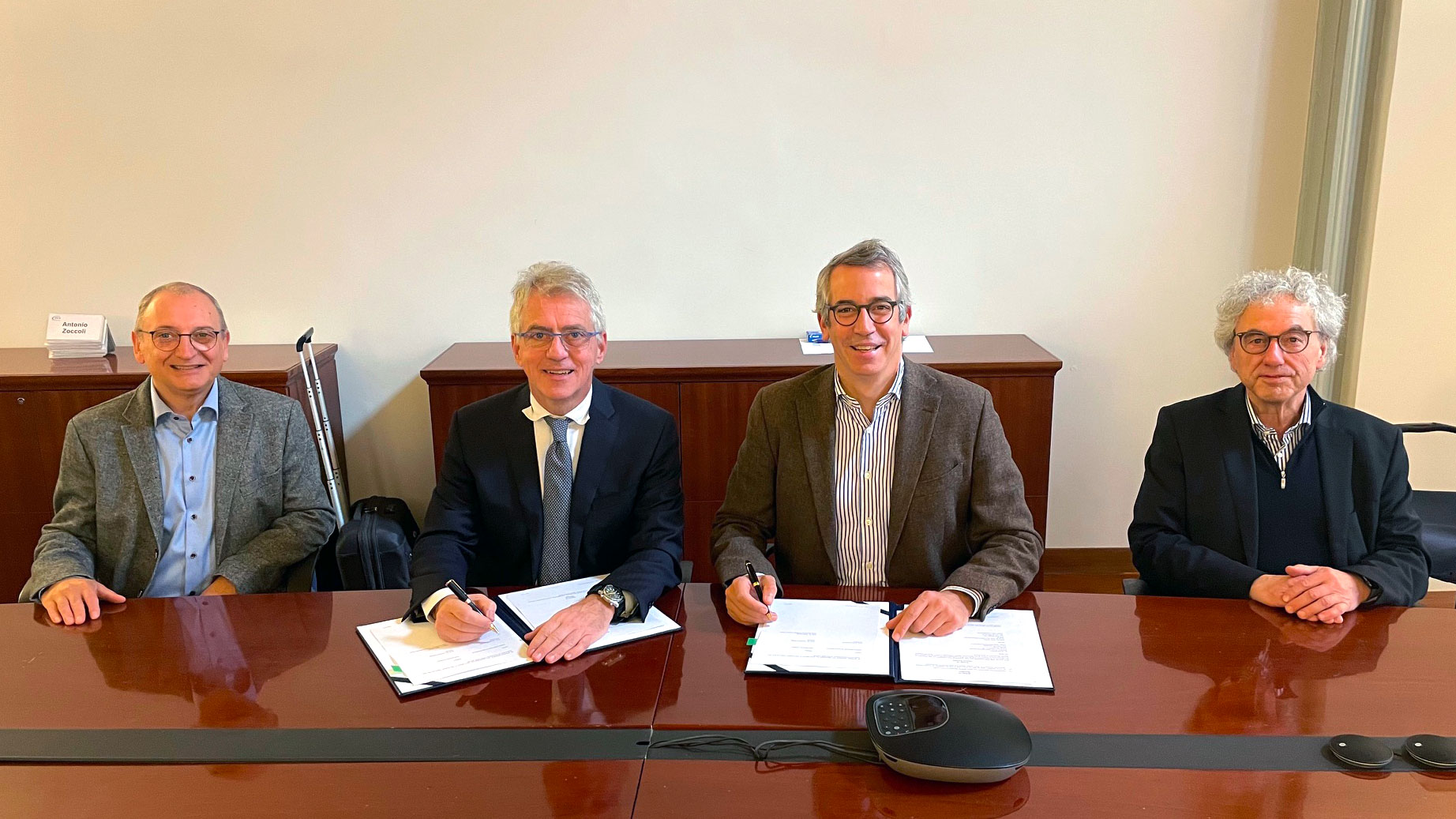
INFN, the Italian National Institute for Nuclear Physics, and the Paul Scherrer Institut (PSI), the leading research institute for natural and engineering sciences in Switzerland, have formalised a new framework agreement to strengthen collaboration in fundamental and applied research.
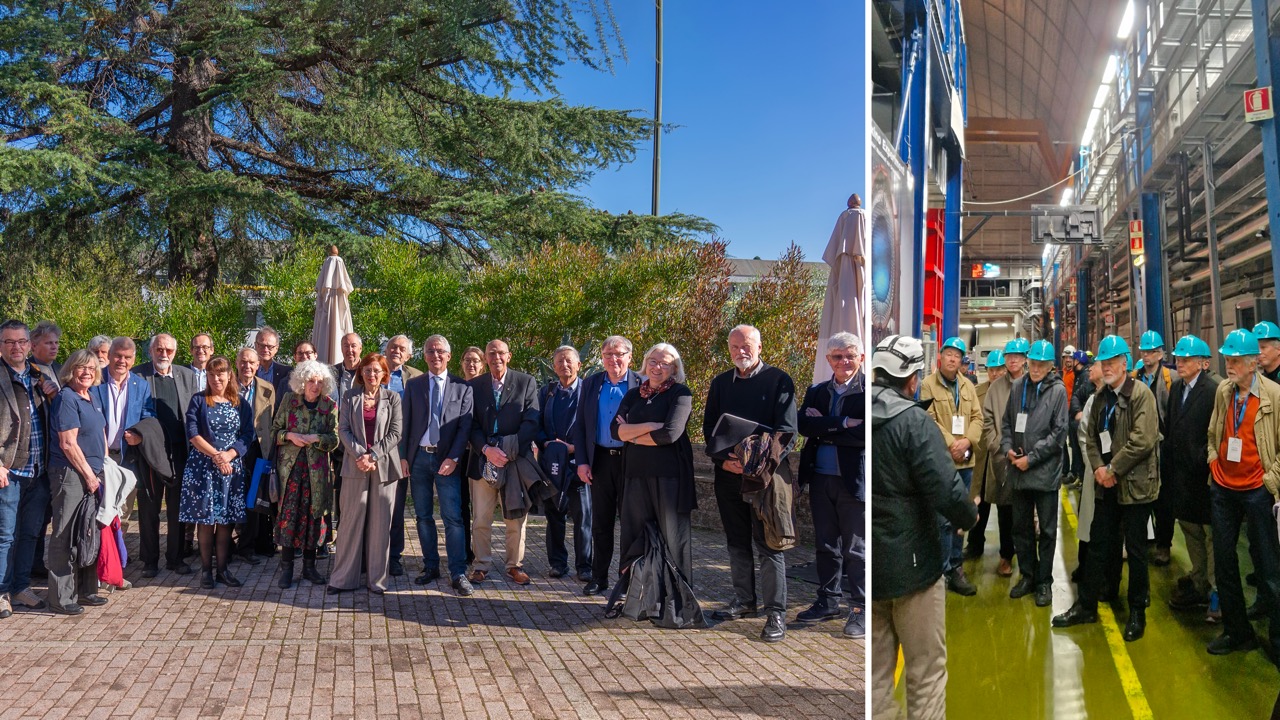
On 14 and 15 November, a delegation from the Physics Class of the Royal Swedish Academy of Sciences visited the INFN Gran Sasso National Laboratories (LNGS) and the INFN Frascati National Laboratories (LNF) during a four-day trip to some of the Italian leading scientific institutions and facilities.
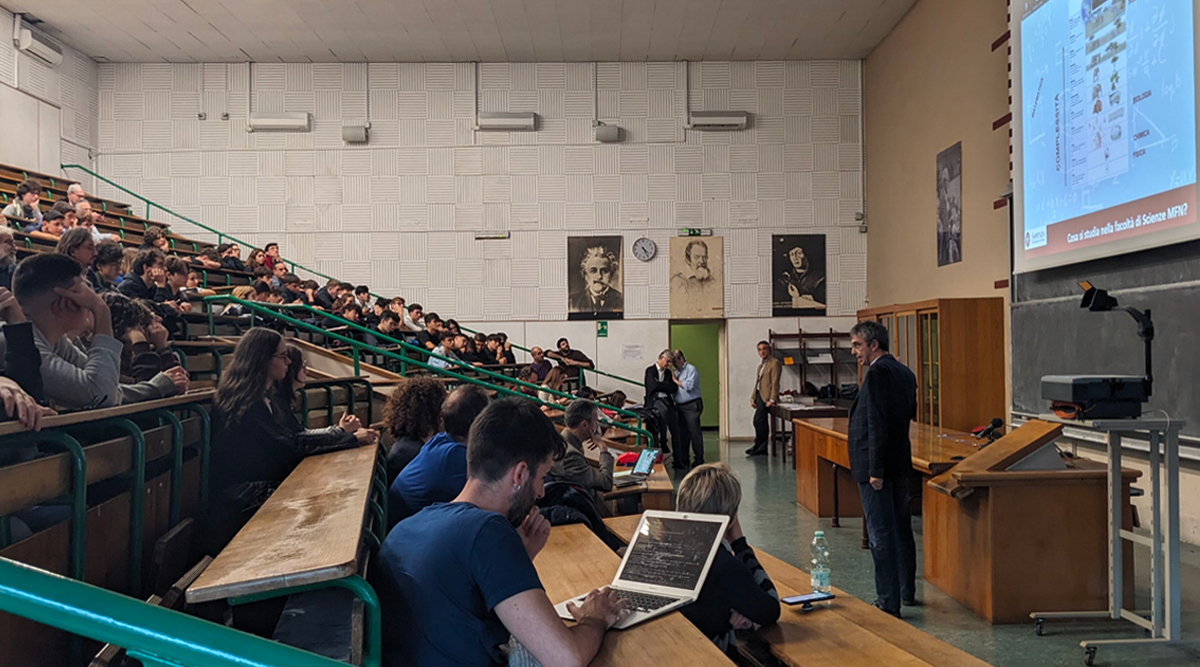
More than 110 schools are participating this year, with a total of more than 1,000 students, in the 2024-2025 edition of the INFN Lab2Go project, whose opening event was held on 14 November 2024, involving students and teachers from some of the 90 schools participating in the Lab2Go-Physics programme.
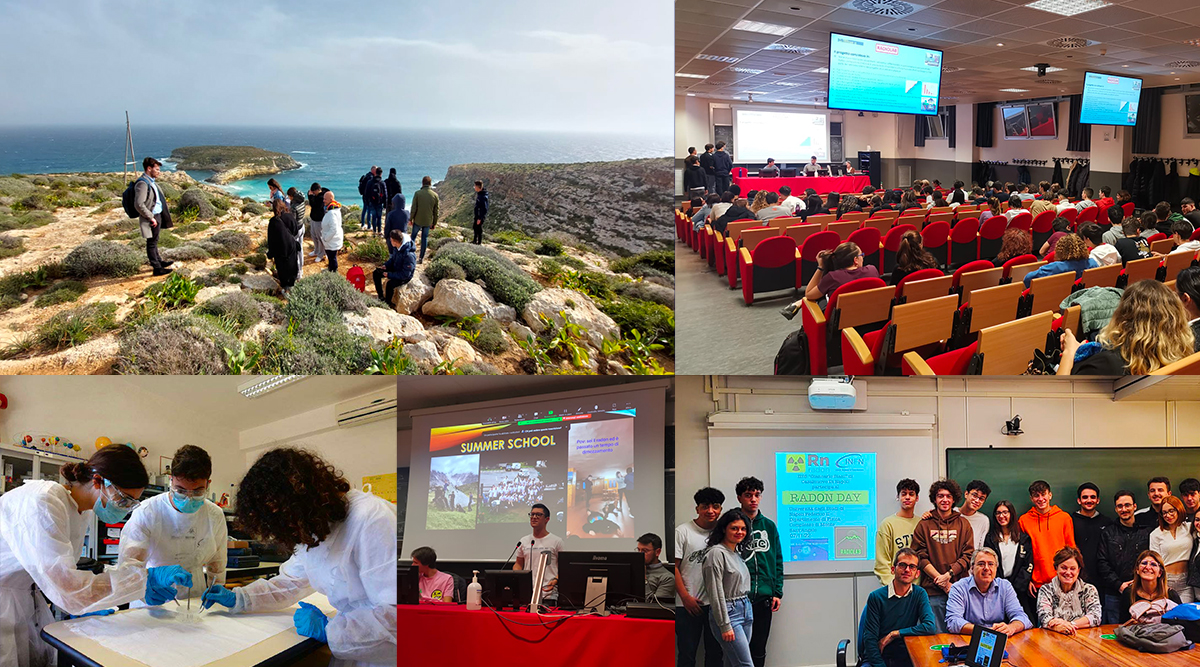
In Italy, over 500 high school students participated in November in events on radioactivity organised by the INFN RadioLab and ISOradioLAb projects, promoted by INFN to raise awareness onnatural and man-made radioactivity among younger generations, through meetings, experimental experiences in the laboratory and in the local area, and public initiatives.
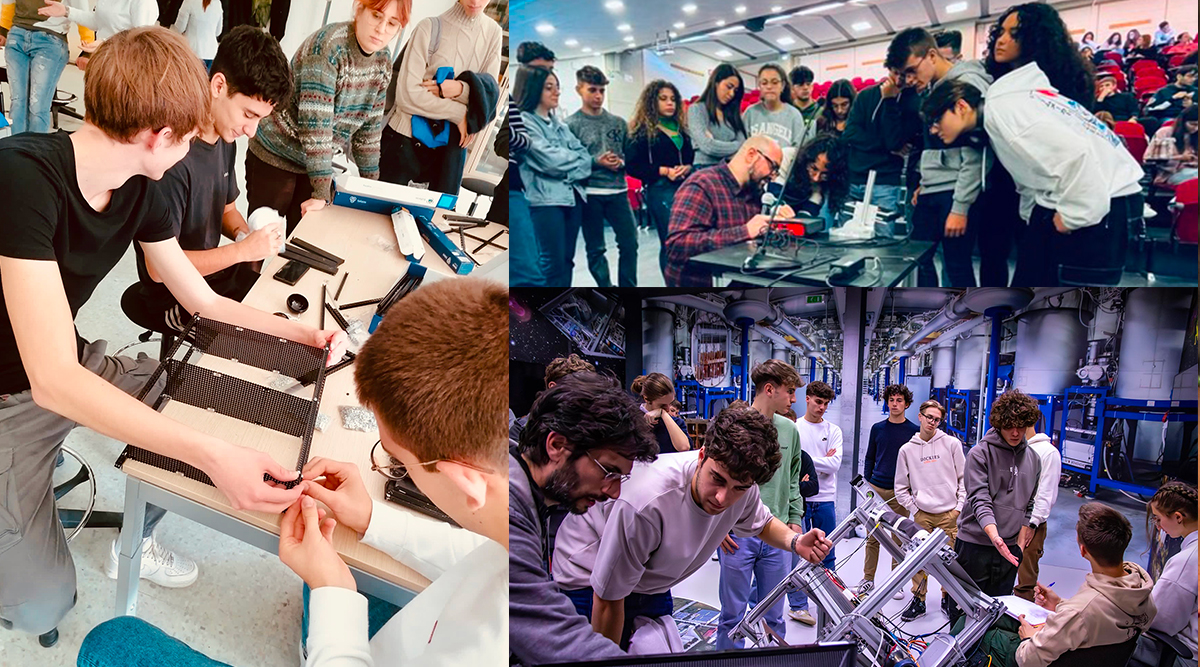
On 26 November, over 1,200 students in presence and around 1,300 online took part in the International Cosmic Day 2024, the international day dedicated to cosmic ray physics, coordinated in Italy by the INFN project OCRA - Outreach Cosmic Ray Activities, aimed at high school teachers and students from all over Italy to get them involved in cosmic ray physics.
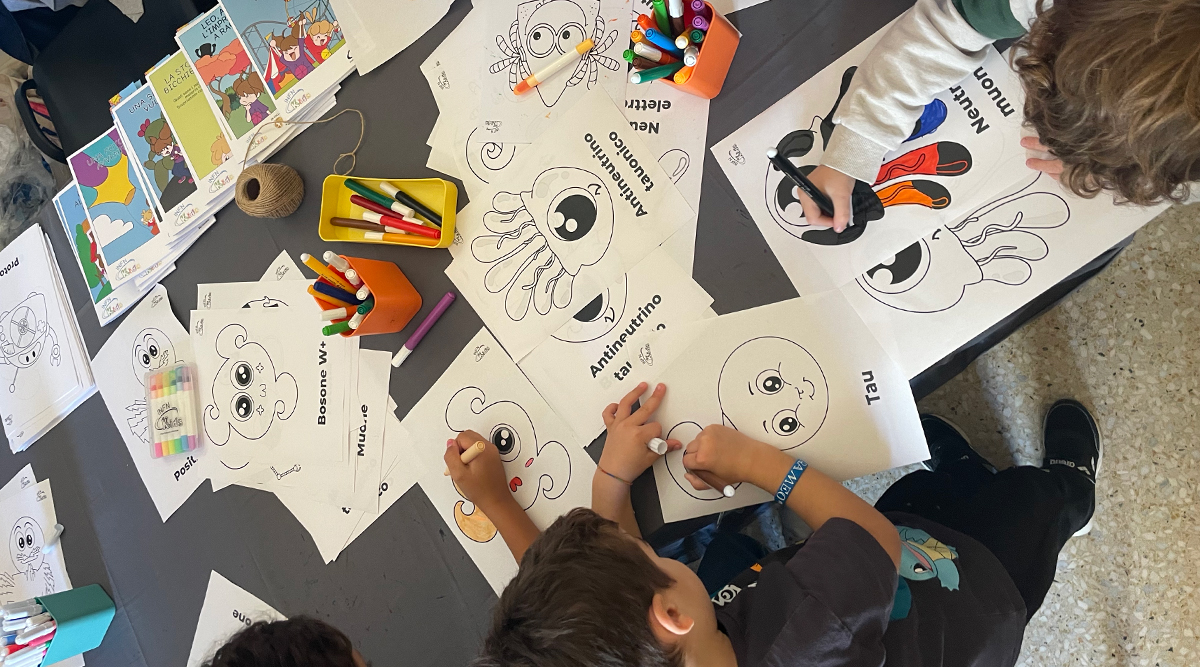
Lucca Comics & Games, the famous festival dedicated to comics, games and entertainment brightened up the city of Lucca from 30 October to 3 November. In the Lucca Junior section, INFN participated, as in previous years, with the children’s project INFN Kids, setting up an exhibition area and running a number of workshops in collaboration with Rome Technopole.
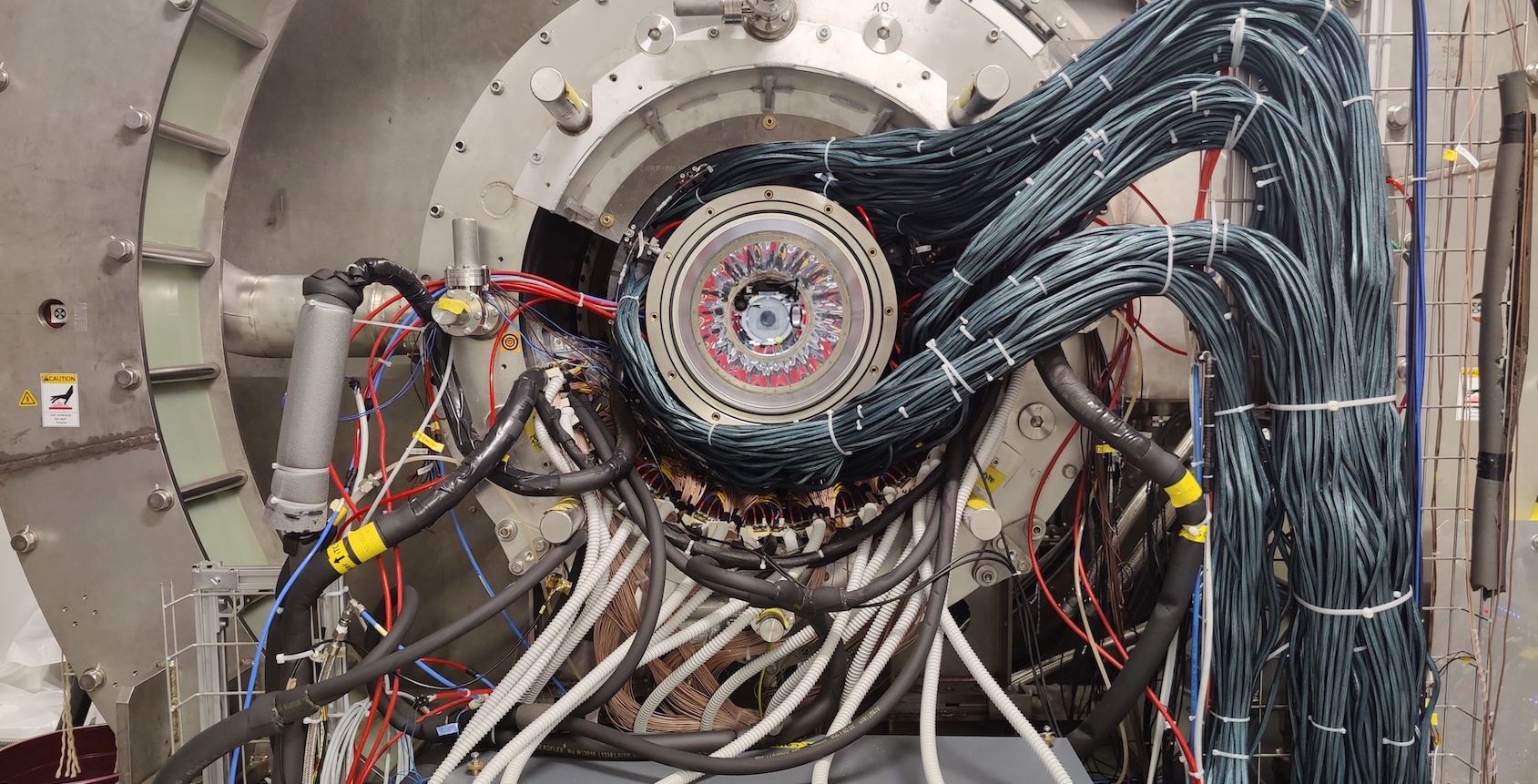 MEG II PRESENTS ITS FIRST RESULT ON THE HYPOTHETICAL X17 PARTICLE
MEG II PRESENTS ITS FIRST RESULT ON THE HYPOTHETICAL X17 PARTICLE The scientific collaboration of the MEG II experiment, of which INFN is a member, presented its first result on the search for a new hypothetical elementary particle, a boson called X17, at a scientific seminar at the Paul Scherrer Institut (PSI) in Switzerland on 13 November. The result, based on the analysis of data collected in 2023, is reported in a paper published on arxiv and submitted to the European Journal of Physics C. The MEG II detector, currently in data acquisition at the PSI laboratory, searches for new physics phenomena, and is specifically designed to search for the decay of a positive muon into a positron and a photon, but it can also study other phenomena, such as the production of the hypothetical X17 particle. Hence the implementation of this new measurement, proposed by the researchers of the Italian group, who then coordinated its design and implementation, and the subsequent analysis of the data, thanks to which a new limit on the existence of the X17 particle was placed, since no interesting signal emerged. ...
Images cover
Cover image Logo 70 ©CERN
INFN - COMMUNICATIONS OFFICE
comunicazione@presid.infn.it
+39 06 6868162
Coordination:
Antonella Varaschin
Project and contents:
Martina Bologna, Cecilia Collà Ruvolo, Martina Galli, Francesca Mazzotta, Antonella Varaschin
Design and Mailing Coordinator:
Francesca Cuicchio
Translation
ALLtrad
ICT service:
Servizio Infrastrutture e Servizi Informatici Nazionali INFN